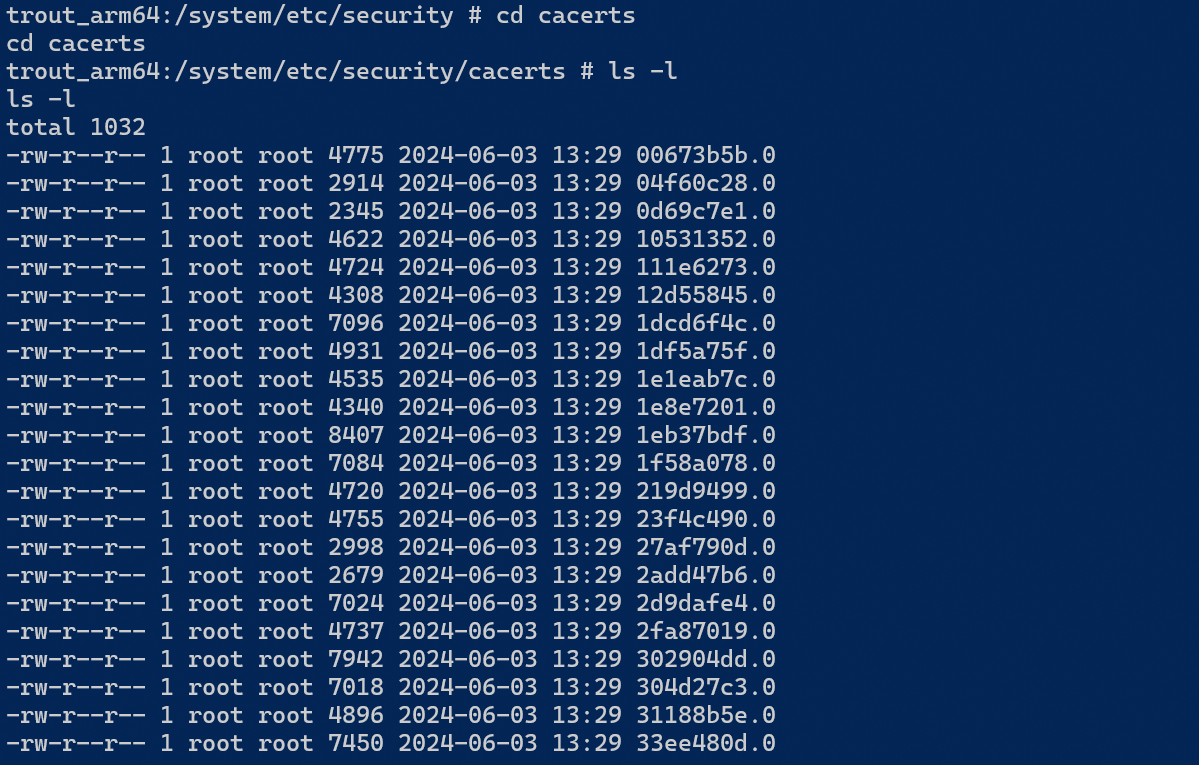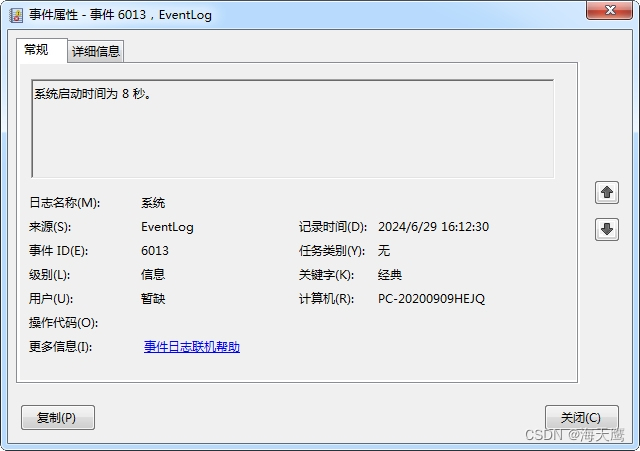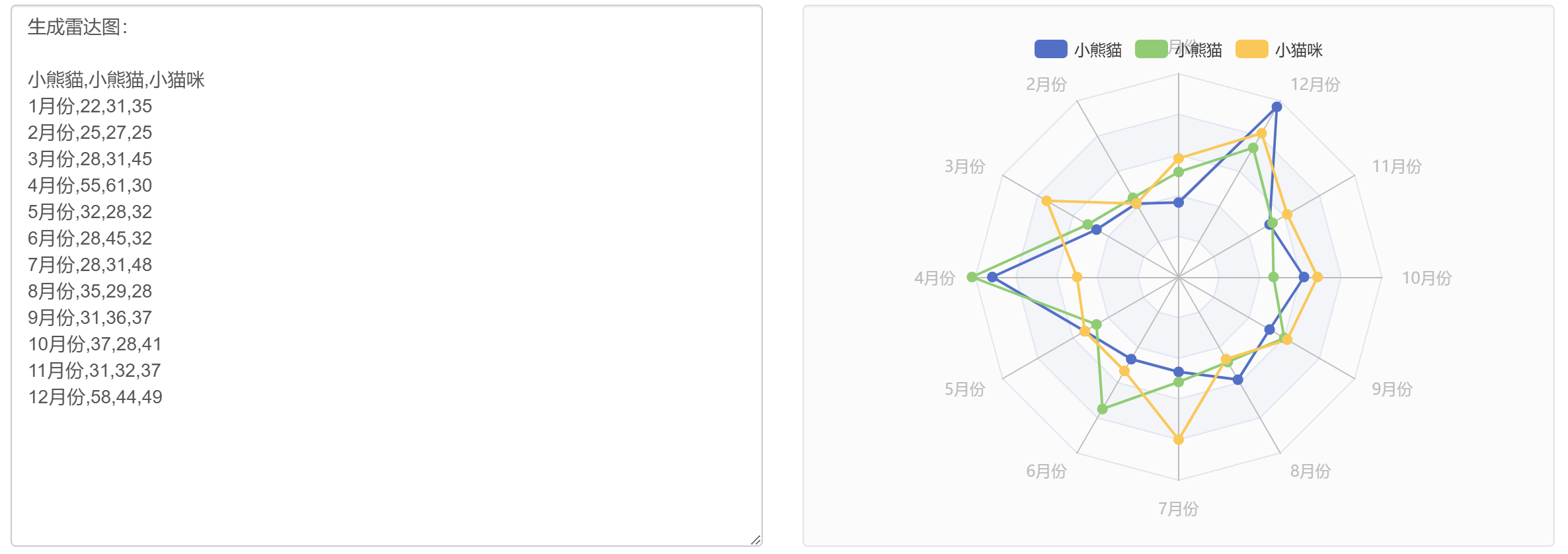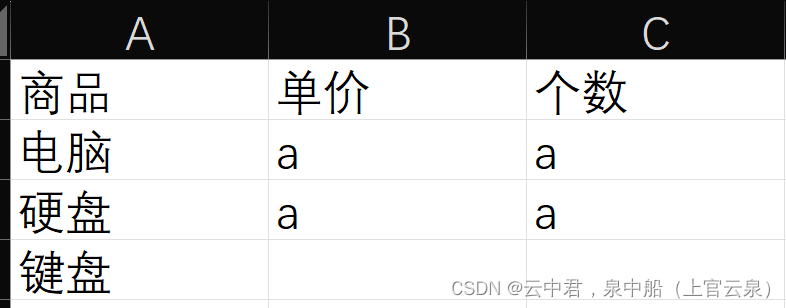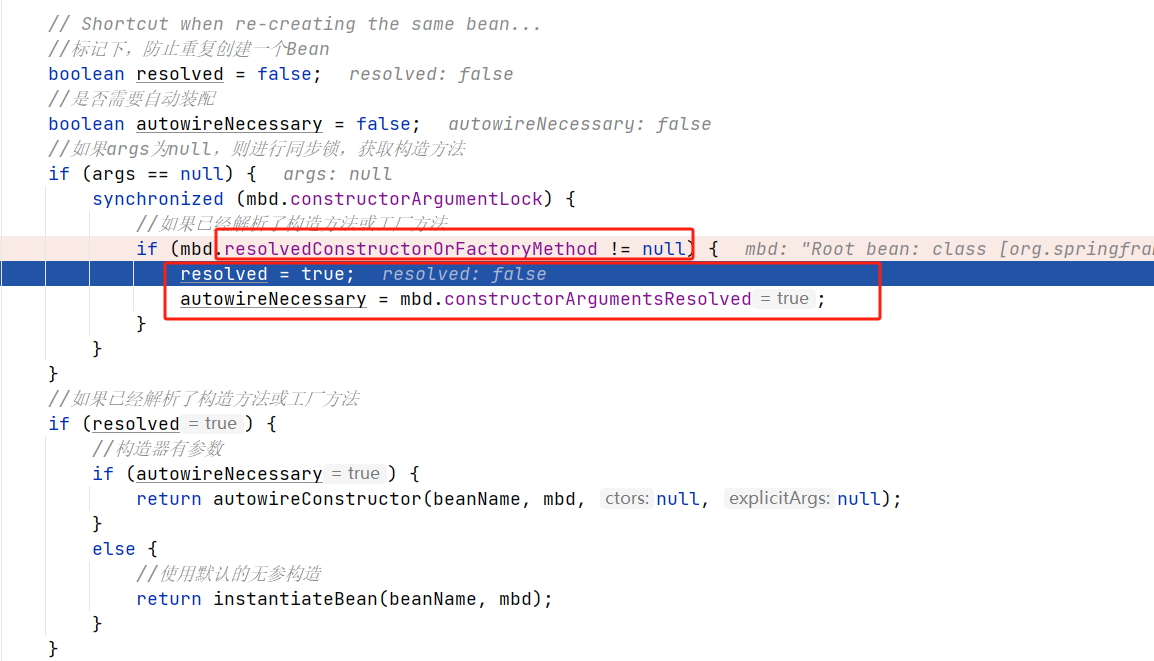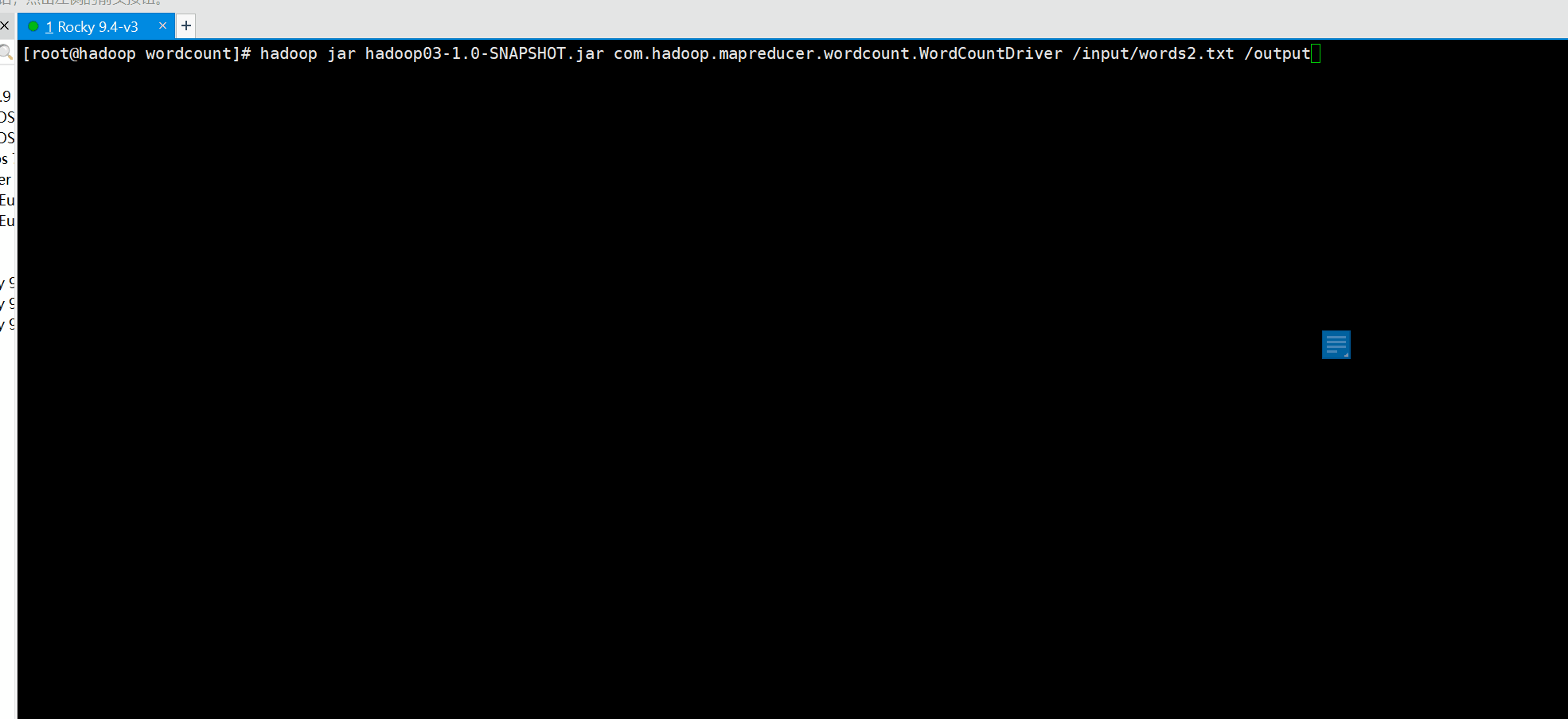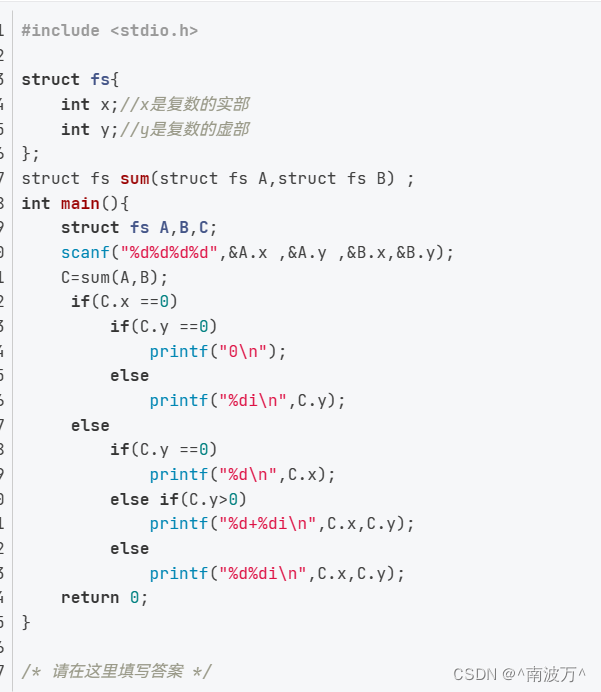🍭 大家好这里是清隆学长 ,一枚热爱算法的程序员
✨ 本系列打算持续跟新华为OD-C/D卷的三语言AC题解
💻 ACM银牌🥈| 多次AK大厂笔试 | 编程一对一辅导
👏 感谢大家的订阅➕ 和 喜欢💗
📎在线评测链接
https://app5938.acapp.acwing.com.cn/contest/2/problem/OD1087
🌍 评测功能需要 ⇒ 订阅专栏 ⇐ 后私信联系清隆解锁~
🍓OJ题目截图

文章目录
- 📎在线评测链接
- 🍓OJ题目截图
- 🎧 灰度图像恢复
- 问题描述
- 输入格式
- 输出格式
- 样例输入 1
- 样例输出 1
- 样例输入 2
- 样例输出 2
- 样例解释
- 数据范围
- 题解
- 参考代码
🎧 灰度图像恢复
问题描述
在计算机中,黑白图像常采用灰度图的方式存储。每个像素填充一个灰阶值,范围为 0 − 255 0-255 0−255,其中 0 0 0 表示全黑, 255 255 255 表示全白,其他值表示不同的灰度。为了节省存储空间,图像会使用压缩算法进行存储。
一种压缩算法的格式如下:
行数 列数 灰阶值1 连续像素个数1 灰阶值2 连续像素个数2 ...
其中,前两个数分别表示矩阵的行数和列数。从第三个数开始,每两个数一组,第一个数为灰阶值,第二个数表示该灰阶值从左到右、从上到下连续出现的像素个数。
给定压缩后的图像数据和一个像素位置,请恢复原始灰度图矩阵,并输出指定像素位置的灰阶值。
输入格式
第一行为压缩后的图像数据,格式如上所述。
第二行包含两个整数 r r r 和 c c c,用空格分隔,表示要查询的像素位置的行号和列号。行号和列号从 0 0 0 开始计数。
输出格式
输出一个整数,表示指定像素位置的灰阶值。
样例输入 1
10 10 255 34 0 1 255 8 0 3 255 6 0 5 255 4 0 7 255 2 0 9 255 21
3 4
样例输出 1
0
样例输入 2
10 10 255 34 0 1 255 8 0 3 255 6 0 5 255 4 0 7 255 2 0 9 255 21
3 5
样例输出 2
255
样例解释
根据压缩数据恢复后的灰度图矩阵,在第一个样例中,第 3 3 3 行第 4 4 4 列的像素灰阶值为 0 0 0;在第二个样例中,第 3 3 3 行第 5 5 5 列的像素灰阶值为 255 255 255。
数据范围
- 图像大小不超过 100 × 100 100 \times 100 100×100。
- 压缩数据长度不超过 1 0 4 10^4 104。
题解
根据压缩数据的格式,逐步恢复出原始的灰度图矩阵。遍历压缩数据,对于每一组灰阶值和连续像素个数,将对应的像素在矩阵中填充相应的灰阶值。最后输出指定位置的像素灰阶值即可。
参考代码
- Python
def soln(data, r, c):
rows, cols, *pixels = map(int, data.split())
matrix = [[0] * cols for _ in range(rows)]
x, y = 0, 0
for i in range(0, len(pixels), 2):
val, cnt = pixels[i], pixels[i+1]
for _ in range(cnt):
matrix[x][y] = val
y += 1
if y == cols:
y = 0
x += 1
return matrix[r][c]
data = input()
r, c = map(int, input().split())
print(soln(data, r, c))
- Java
import java.util.Scanner;
public class Main {
public static int soln(String data, int r, int c) {
Scanner scanner = new Scanner(data);
int rows = scanner.nextInt();
int cols = scanner.nextInt();
int[][] matrix = new int[rows][cols];
int x = 0, y = 0;
while (scanner.hasNextInt()) {
int val = scanner.nextInt();
int cnt = scanner.nextInt();
for (int i = 0; i < cnt; i++) {
matrix[x][y++] = val;
if (y == cols) {
y = 0;
x++;
}
}
}
return matrix[r][c];
}
public static void main(String[] args) {
Scanner scanner = new Scanner(System.in);
String data = scanner.nextLine();
int r = scanner.nextInt();
int c = scanner.nextInt();
System.out.println(soln(data, r, c));
}
}
- Cpp
#include <iostream>
#include <vector>
#include <sstream>
using namespace std;
int soln(const string& data, int r, int c) {
istringstream iss(data);
int rows, cols;
iss >> rows >> cols;
vector<vector<int>> matrix(rows, vector<int>(cols, 0));
int x = 0, y = 0;
int val, cnt;
while (iss >> val >> cnt) {
for (int i = 0; i < cnt; i++) {
matrix[x][y++] = val;
if (y == cols) {
y = 0;
x++;
}
}
}
return matrix[r][c];
}
int main() {
string data;
getline(cin, data);
int r, c;
cin >> r >> c;
cout << soln(data, r, c) << endl;
return 0;
}
